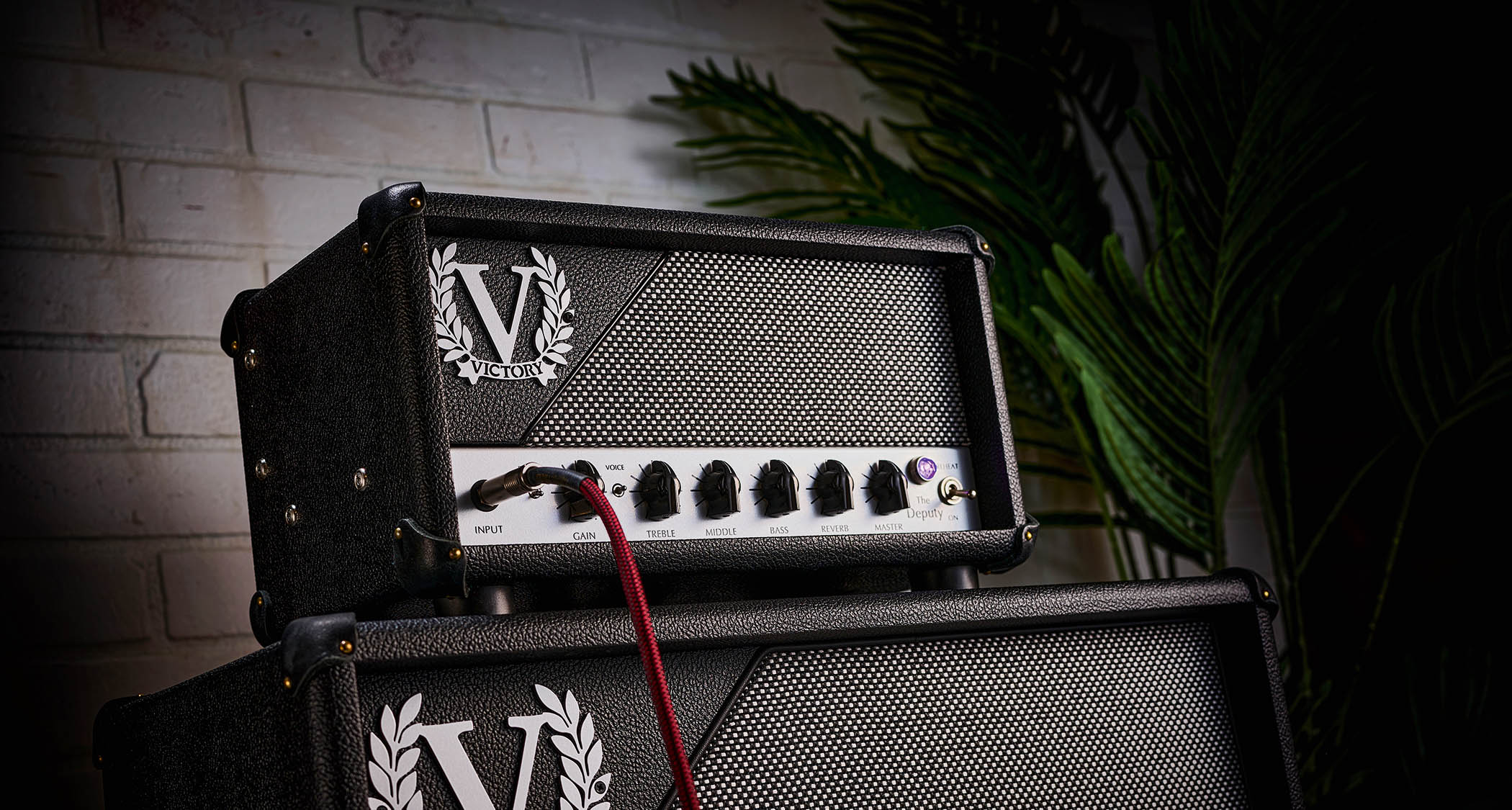Guitar World Verdict
Aimed at players after a satisfying vintage tone experience, The Deputy is ideal for professional and serious amateur use. For an amp that’s designed and handmade in the UK, we reckon it’s great value for money, too, and should give some far more expensive boutique exotica a run for the money.
Pros
- +
British-design and build using top-quality components.
- +
A vintage tone goldmine.
- +
Highly responsive dynamics.
Cons
- -
More could be done with series effects loop.
- -
Lacks ability to adjust the bias voltage separately for each output tube.
You can trust Guitar World
There’s been a flurry of activity from Victory recently, with a new MKII version of The Kraken lunchbox amp, designed in collaboration with Rabea Massaad. Just a few months later and here we are looking at another new ‘designed in collaboration with’ Victory amp.
This time it’s Peter ‘Danish Pete’ Honoré, formerly a world-class session player (working for artists such as Lionel Richie and Tom Jones), and now video manager and YouTube presenter for the well-known guitar store Andertons. Victory is continuing the USA law enforcement nomenclature, calling its new tube amp The Deputy.
This isn’t the first Victory amp Honoré has been involved with – there was a tweaked version of the Duchess lunchbox head a few years ago called the DP40 – but The Deputy is more of a proper ‘Danish Pete special’, with a focused approach and some interesting features.
The Deputy fits into the same compact plywood head sleeve as other Victory amps and certainly looks the part, covered in heavyweight black Tolex set off by leather corner protectors, with a salt and pepper grille and a large Victory badge set on a chevron adding a touch of luxury.
Inside the sleeve is a tough steel chassis that has silver-painted control panels supporting a pair of generously sized transformers. Inside, most of the electronics live on a typically high-quality printed circuit board, including the front-panel controls and all the tube bases. The soldering is clean and bright and the minimal wiring is neatly routed and twisted.
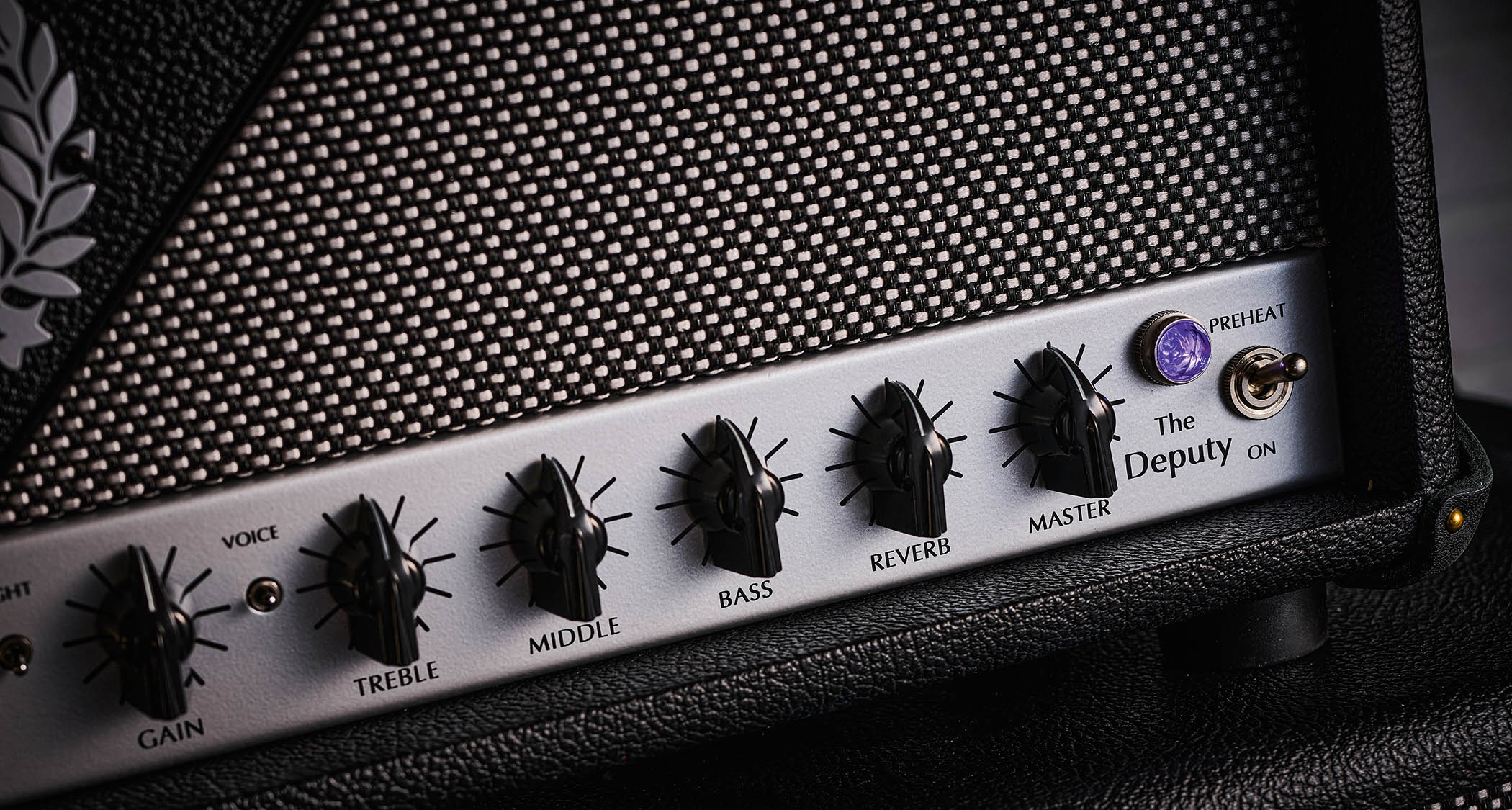
The Deputy is a low-to-medium gain design and features three 12AX7 preamp tubes driving a fixed bias output stage based on a pair of Yugoslavian new-old-stock (NOS) 6CW5/EL86 pentode power tubes, most likely made by Ei. Ei stands for ‘Elektronska Industrija’, a large electronics conglomerate in the former Yugoslavia, which made commercial and domestic electronic equipment including TV sets, radios and record players, and, of course, the valves that powered them.
Ei was among the last European valve manufacturers, declaring bankruptcy in 2016. The EL86 is similar to the more common EL84 but with a slightly higher anode current and lower anode voltage.
All the latest guitar news, interviews, lessons, reviews, deals and more, direct to your inbox!
Because they’re less common in guitar amps, NOS supplies are still relatively plentiful, so it makes sense to use them. As a bonus, they produce slightly more power than the EL84. The pin-outs are identical, but the different voltages mean most EL84-powered amps can’t be easily converted to use them.
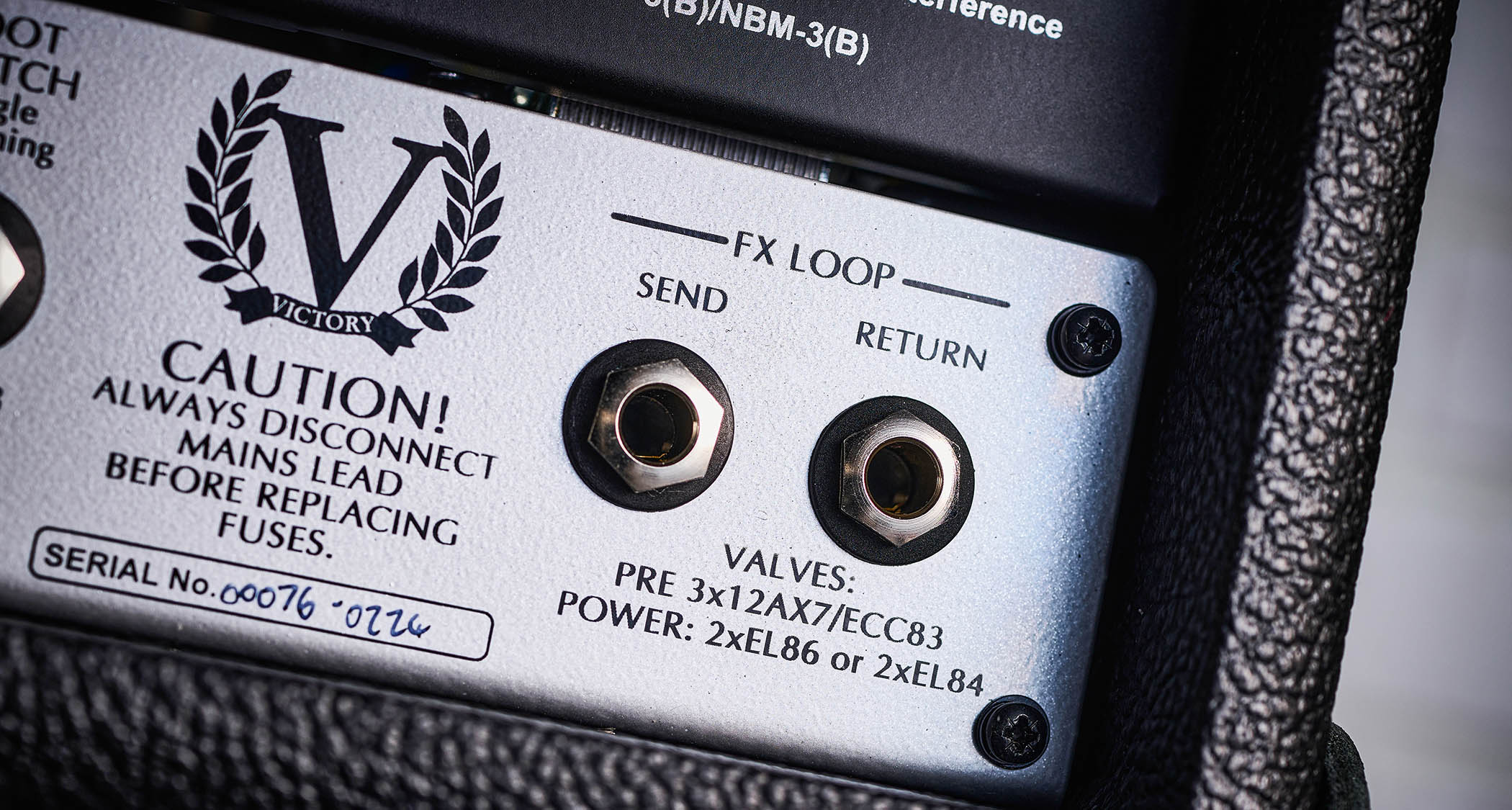
Victory’s The Deputy is a straightforward single-channel design, with a single input jack socket feeding front-panel controls for Gain, Treble, Middle and Bass, Reverb level and a Master volume.
There’s also a three-way Bright switch, which offers mild or more pronounced treble emphasis, with an off position, while a second three-way toggle switch called Voice adds a gain boost and a treble boost on top of the default setting.
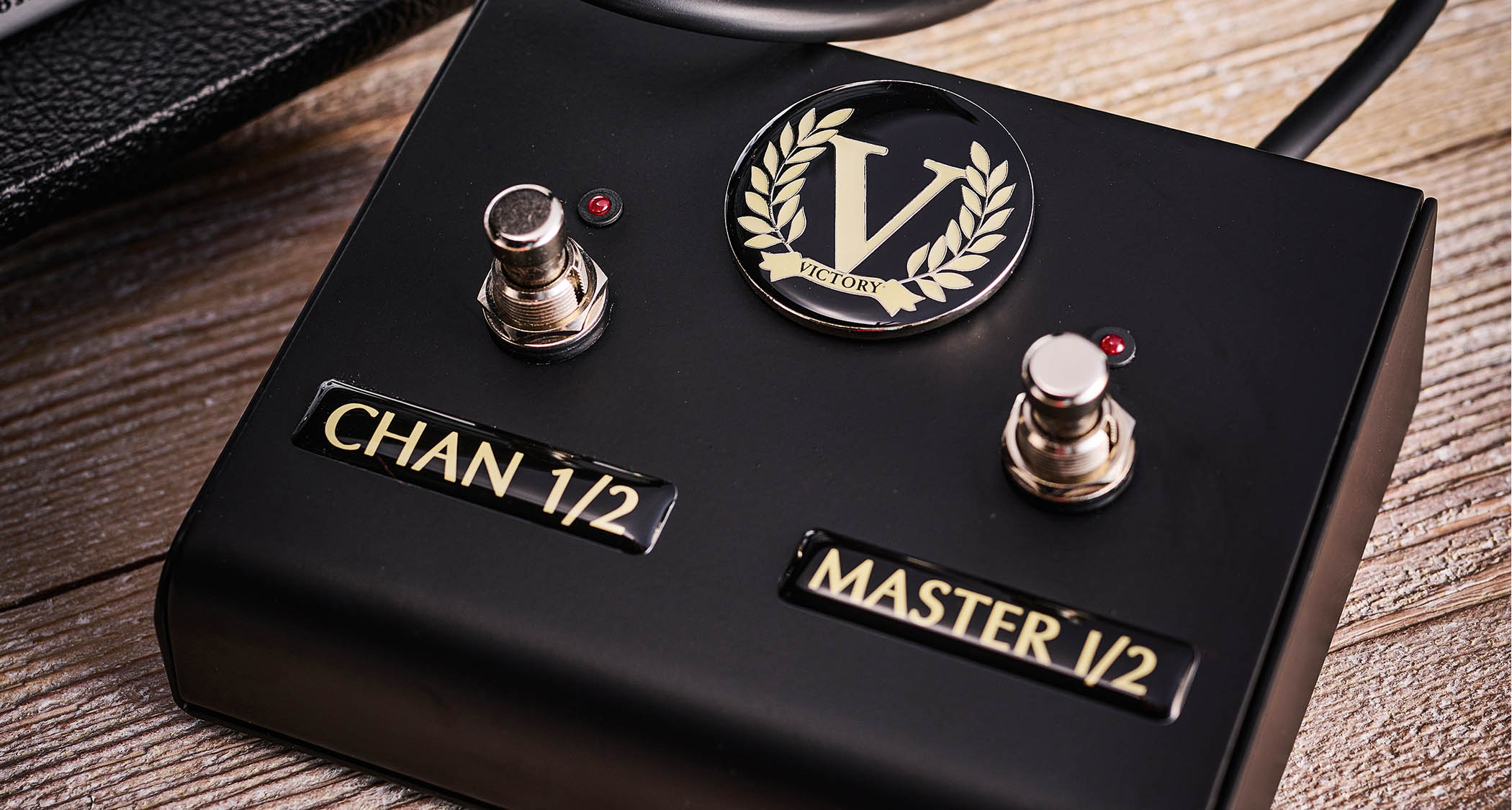
On the rear panel, you’ll find a fixed level series effects loop, a trio of fixed impedance speaker outlets and a single footswitch jack, which toggles The Deputy’s digital reverb effect on or off. There’s also a set of bias test points with a recessed adjustment screw.
You can measure the bias voltage separately for both EL86s, but the voltage isn’t independently adjustable, so the output tubes need to be reasonably well matched. Usefully, there’s enough range to rebias The Deputy to accept EL84s.
In Use & Sounds
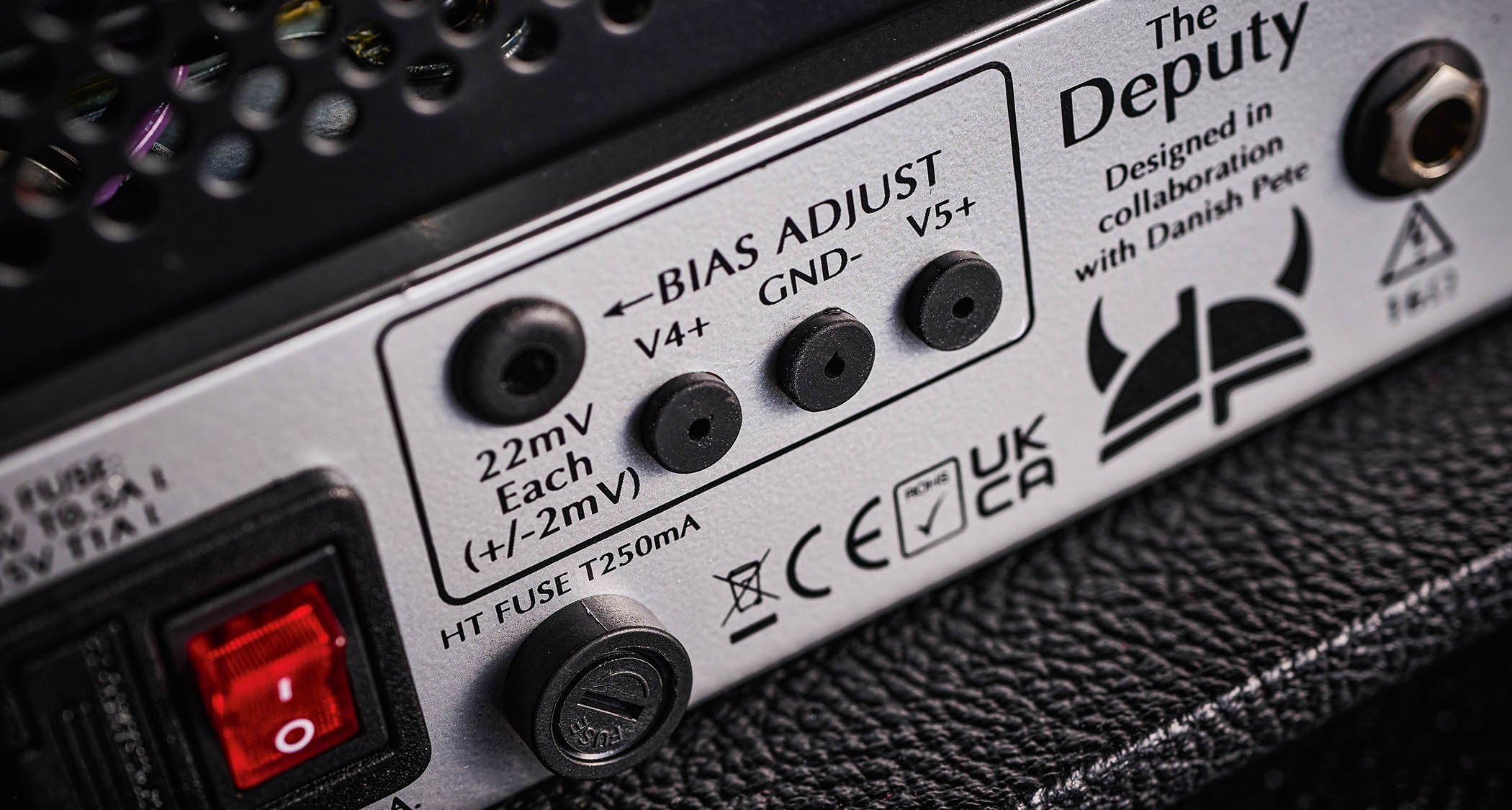
We used our regular Strat and Les Paul to try out The Deputy, along with a selection of pedals. This amp has a sweet treble, warm midrange and a medium-tight bass response that’s equally flattering for single coils and humbuckers. The lower gain settings sound superb, coaxing every last overtone and harmonic from the guitar for epic clean sounds with excellent string separation.
Move the Gain control upwards to around 10 o’clock and you’re in that magic zone where The Deputy will begin to bark if you hit the strings hard – but back off with the pick and those wonderful clean sounds will return.
Turn up the gain some more and The Deputy produces some seriously addictive vintage pre-JCM800 Marshall amp tones. With a Strat it can nail SRV’s Couldn’t Stand The Weather or Red Hot Chili Peppers’ Under The Bridge and Give It Away, while switching to a Les Paul will let you convincingly emulate 1970’s ZZ Top tunes like La Grange or Cheap Sunglasses.
The low-to-medium gain configuration also makes The Deputy an ideal platform for pedals, whether you use the effects loop or, like us, you put all the pedals at the front of the input socket.
We used a simple arrangement of Dunlop Cry Baby, Neo Micro Vent 122 and a digital delay, producing a wonderful variety of inspiring vintage and contemporary sounds, while relying on The Deputy’s outstanding touch-sensitive gain to provide the overdrive.
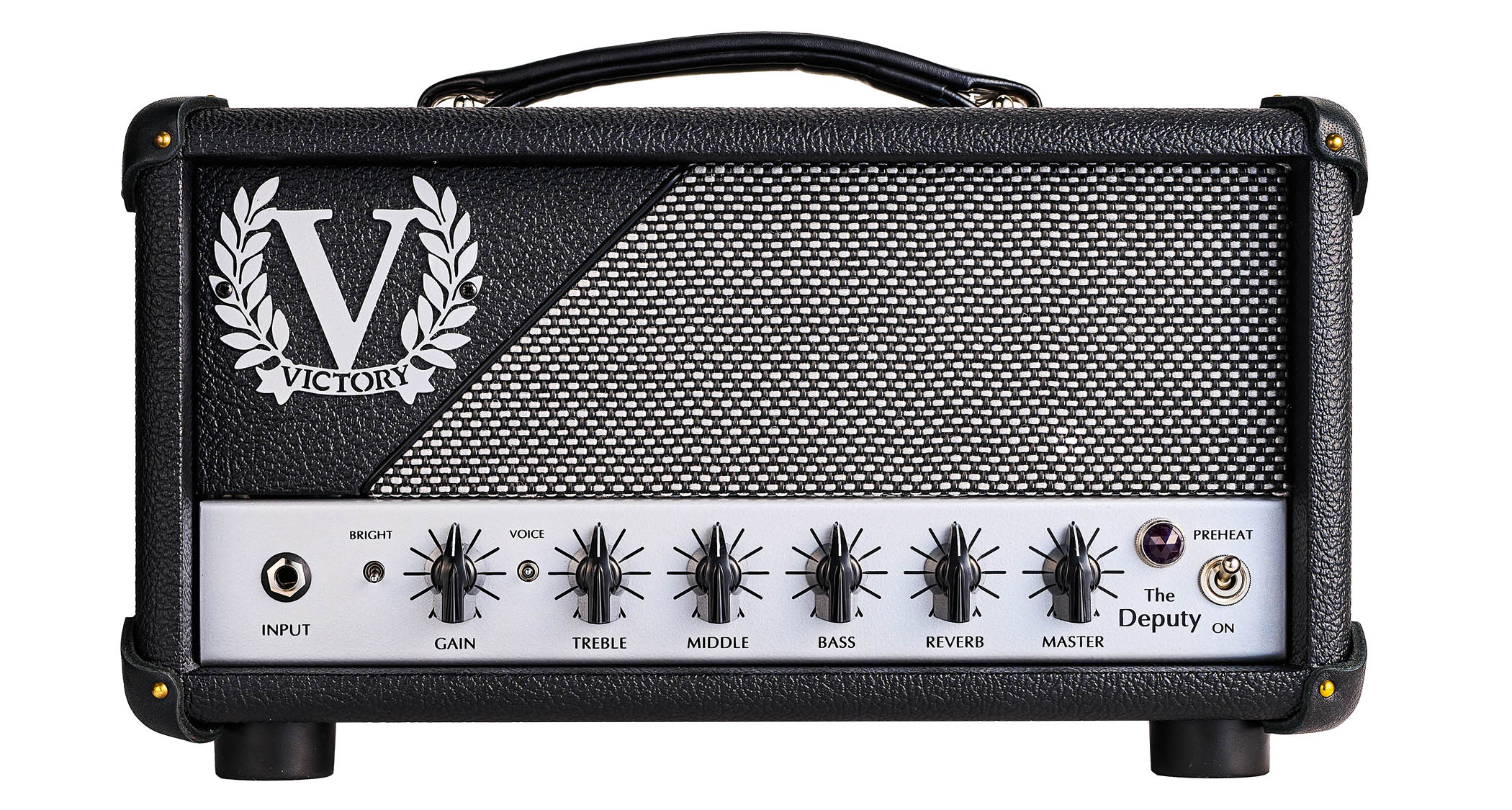
Verdict
Unlike the instant mega-gain gratification of VX The Kraken MKII, Victory’s The Deputy is for ‘feel’ players who like amps that respond to playing dynamics, sounding clean with a light touch but getting dirty as you hit the strings hard. The Deputy does this with consummate ease and takes very little time to dial in for humbuckers or single coils thanks to the Bright and Voice switches.
The Deputy’s built-in digital reverb and oversized 1x12 cabinet sweeten those tones, adding a ready-to-record ambience that just needs a couple of decent mics to capture
We love its classic late-’60s Marshall vibe, which sounds great with a Les Paul, but partnered with a decent Stratocaster, it’s sonic dynamite that can cover Hendrix, SRV, Mayer and many more. It’s interesting that many classic recordings from the ‘golden era’ of the late 1960s to the early ’70s used very little distortion but still managed to sound huge.
The Deputy’s built-in digital reverb and oversized 1x12 cabinet sweeten those tones, adding a ready-to-record ambience that just needs a couple of decent mics to capture, while the relatively modest 25-watt output produces plenty of level for live use.
Aimed at players after a satisfying vintage tone experience, The Deputy is ideal for professional and serious-amateur use. For an amp that’s designed and handmade in the UK, we reckon it’s great value for money, too, and should give some far more expensive boutique exotica a run for the money.
Specs
- PRICE: $1,499/£1,349
- ORIGIN: UK
- TYPE: All-tube pre and power amp
- TUBES: 3x 12AX7 preamp, 2x NOS EL86
- OUTPUT: 25W RMS
- DIMENSIONS: 390 (w) x 220 (d) x 220mm (h)
- WEIGHT (kg/lb): 8/17.6
- CABINET: Plywood/Steel
- CHANNELS: 1
- CONTROLS: Gain, treble, middle, bass, reverb level, master volume, Bright switch, Voice switch
- FOOTSWITCH: Single-button footswitch toggles reverb on/off (supplied)
- ADDITIONAL FEATURES: Digital reverb, series effects loop, bias test points and overall bias adjustment on rear panel
- CONTACT: Victory Amplification
Nick Guppy was Guitarist magazine's amp guru for over 20 years. He built his first valve amplifier at the age of 12 and bought, sold and restored many more, with a particular interest in Vox, Selmer, Orange and tweed-era Fenders, alongside Riveras and Mark Series Boogies. When wielding a guitar instead of soldering iron, he enjoyed a diverse musical career playing all over the UK, including occasional stints with theatre groups, orchestras and big bands as well as power trios and tributes. He passed away suddenly in April 2024, leaving a legacy of amplifier wisdom behind him.
